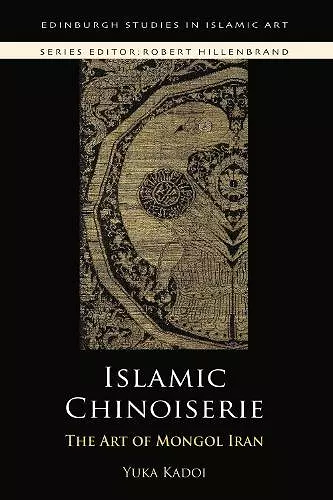Islamic Chinoiserie
The Art of Mongol Iran
Format:Paperback
Publisher:Edinburgh University Press
Published:4th Apr '18
Should be back in stock very soon

The Mongol invasion in the thirteenth century marked a new phase in the development of Islamic art. Trans-Eurasian exchanges of goods, people and ideas were encouraged on a large scale under the auspices of the Pax Mongolica. With the fascination of portable objects brought from China and Central Asia, a distinctive, hitherto unknown style - Islamic chinoiserie - was born in the art of Iran.Highly illustrated, Islamic Chinoiserie offers a fascinating glimpse into the artistic interaction between Iran and China under the Mongols. By using rich visual materials from various media of decorative and pictorial arts - textiles, ceramics, metalwork and manuscript painting - the book illustrates the process of adoption and adaptation of Chinese themes in the art of Mongol-ruled Iran in a visually compelling way. The observation of this unique artistic phenomenon serves to promote the understanding of the artistic diversity of Islamic art in the Middle Ages.Key Features*Covers various media of decorative and pictorial arts from Iran, Central Asia and China*Deals with a diverse range of issues related to the East-West artistic relationship in the Middle Ages*Features in-depth studies of style, technique and iconography in Iranian art under the Mongols*Includes 125 illustrations, 24 in colour
An immensely important and deeply impressive study of the collaborative epoch of Chinese and Persian artwork and will doubtless remain the definitive work on this unique period in world history for some time to come.' * Bulletin of the School of Oriental and African Studies *
Yuka Kadoi accomplishes her goals fully, thereby providing a reliable and beautifully produced study against which all later studies of the subject will be measured.' * Journal of the Royal Asiatic Society *
ISBN: 9781474437202
Dimensions: unknown
Weight: 755g
304 pages